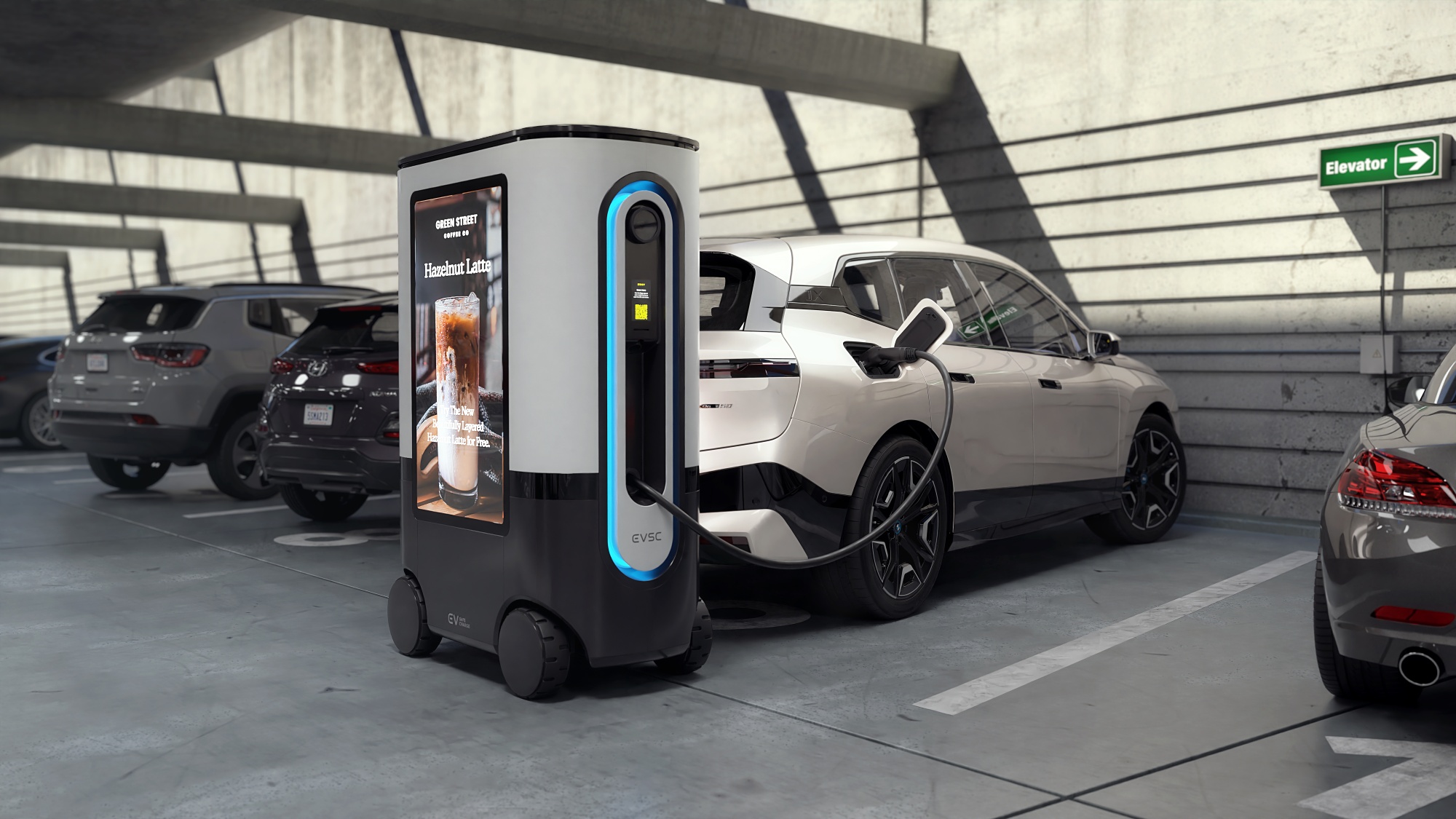Why Can’t Electric Cars Charge Themselves While Driving: Unleashing the Potential
Electric cars have become increasingly popular due to their environmental benefits and lower operating costs compared to traditional gasoline-powered vehicles. However, one common question that arises is: why can’t electric cars charge themselves while driving?

Credit: www.nytimes.com
Understanding How Electric Cars Work
Before delving into the reasons why electric cars can’t charge themselves while driving, let’s understand how they operate. Electric cars are powered by electricity stored in rechargeable lithium-ion batteries. These batteries supply energy to an electric motor, which propels the vehicle forward.
The Concept of Regenerative Braking
Electric cars are equipped with a feature called regenerative braking, which allows them to partially recharge the batteries while slowing down or coasting. When the driver applies the brakes, the electric motor operates in reverse, acting as a generator to convert kinetic energy back into electrical energy, which is then stored in the battery.
The Limitations of Charging While Driving
While regenerative braking is a clever way to recapture some energy during deceleration, the concept of electric cars charging themselves while driving faces several technological and practical limitations:
1. Energy Consumption Vs. Generation
Electric cars consume a significant amount of energy while driving, especially at higher speeds or when carrying heavy loads. The energy required to propel the vehicle forward exceeds the amount of energy that can be realistically generated through regenerative braking. As a result, the car’s net energy consumption while driving remains constant or may even increase.
2. Technical Challenges
Developing a system that could effectively harness enough energy from the car’s motion to recharge the battery while driving would require sophisticated engineering and advanced technologies. The conversion of kinetic energy into electrical energy on a large scale, while ensuring the safety and efficiency of the process, presents substantial technical challenges.
3. Safety And Practicality
Integrating a mechanism to charge the car while in motion raises safety concerns and practical limitations. The added weight, complexity, and potential maintenance issues associated with such a system could offset the benefits of the energy gained during driving. Moreover, the focus of current electric vehicle research and development is primarily on improving battery capacity, charging infrastructure, and energy efficiency, rather than on in-motion charging.
The Future of Electric Vehicle Technology
While the concept of electric cars charging themselves while driving may seem appealing, the current focus of electric vehicle technology is on enhancing battery capacity, optimizing charging infrastructure, and improving energy efficiency. Researchers and automotive engineers are working on developing more advanced battery technologies, such as solid-state batteries, which could significantly increase the range and performance of electric cars.
Additionally, advancements in wireless charging technology and vehicle-to-grid (V2G) systems are being explored to enhance the convenience and sustainability of electric vehicles. These innovations aim to streamline the recharging process and enable electric cars to interact with the power grid more effectively, reducing the reliance on traditional charging methods.
Conclusion
While the idea of electric cars being able to charge themselves while driving presents an intriguing concept, it is currently not a practical or viable solution due to the technical, safety, and efficiency challenges involved. Instead, the focus is on advancing battery technology, charging infrastructure, and energy management systems to propel the widespread adoption of electric vehicles and make them more sustainable and convenient for everyday use.
As the automotive industry continues to evolve, the future of electric cars holds promising innovations that will further enhance their performance, range, and environmental impact.
